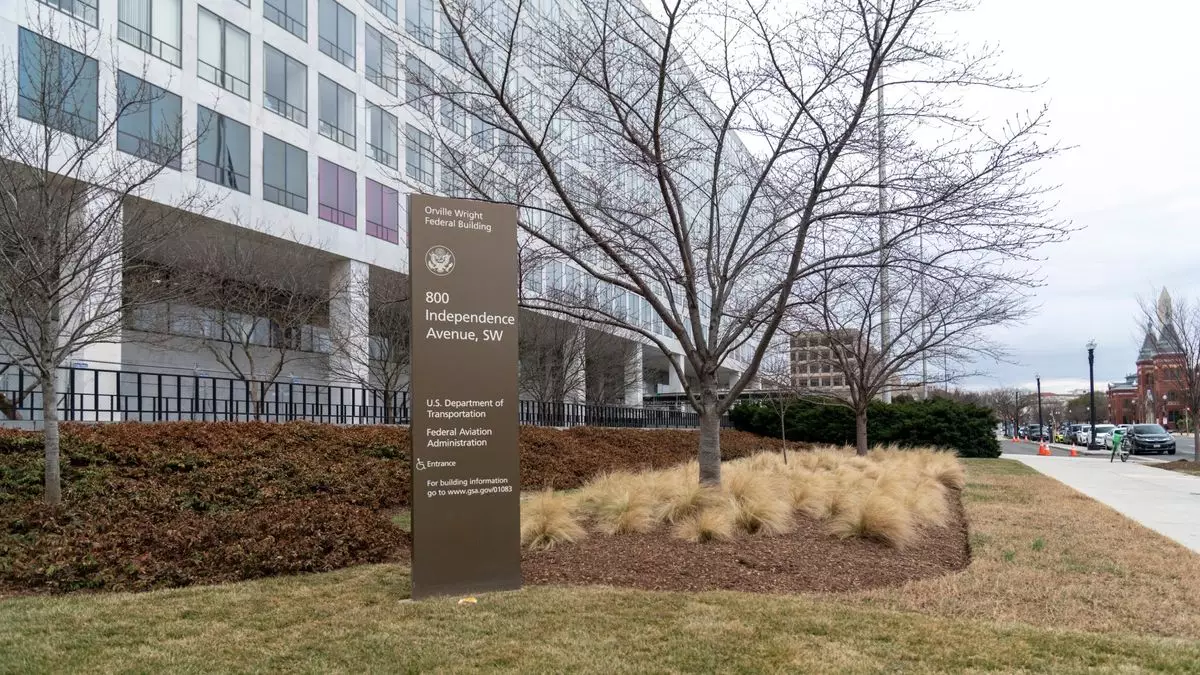The recent firings of several hundred employees from the Federal Aviation Administration (FAA) have raised considerable concern among industry professionals, safety advocates, and the general public alike. This move, carried out under the Trump administration, has sparked debates surrounding national security, aviation safety, and the integrity of government operations. In this article, we will explore the implications of these layoffs, the reactions from affected employees and unions, and how this situation fits into the larger context of government employment practices and safety protocols.
On February 14, 2023, the FAA executed an abrupt and contentious round of terminations aimed at probationary employees. Reports indicated that notifications were sent late at night via email, leaving many employees unsettled and confused about their futures. According to David Spero, president of the Professional Aviation Safety Specialists union, the layoffs primarily impacted workers involved in maintenance for radar, landing systems, and navigational aids.
The timing and execution of these firings raise questions about the decision-making process within the FAA. Labor unions have traditionally been a cornerstone of job security in federal positions, and these mass layoffs could indicate a drastic shift in how government agencies prioritize accountability and stewardship. Such a method of notification not only reflects poor morale but also undermines the trust between employees and their employers.
It is crucial to dissect who was affected by these layoffs. Reports disclose that employees working on crucial projects—such as an early-warning radar system for missile detection in Hawaii—were among those terminated. Charles Spitzer-Stadtlander, a former FAA employee, expressed grave concerns regarding the potential loss of institutional knowledge in sensitive areas impacting national security. He argued that the fundamental role these professionals play is to prevent threats against the United States from entering its airspace.
As federal workers specializing in national defense and aviation safety were swept into these layoffs, questions arise about the real motives behind the Department of Transportation’s claims that “zero air traffic controllers and critical safety personnel were let go.” The delineation between critical and non-critical roles appears murky and raises alarms about who is truly safeguarding the aviation landscape.
In the wake of these firings, several stakeholders have reacted. Transportation Secretary Sean Duffy claimed fewer than 400 FAA employees were terminated and asserted that essential personnel remained untouched. However, this statement contrasts with the concerns raised by industry professionals who fear that aviation safety could be compromised due to these cuts.
The National Air Traffic Controllers Association has stepped into the fray, announcing they are assessing the repercussions of this mass dismissal. A recurring theme of anxiety echoes in the statements from union leaders and affected employees. Their fear resonates with the general public: What does this mean for the safety of our skies?
Additionally, the context of these dismissals takes a darker turn with accusations of political motivation. Spitzer-Stadtlander suggested that his personal stance on companies affiliated with Elon Musk may have factored into his dismissal. Allegations of harassment via social media underscore the complicated intersection of personal expression and professional risk in a politically charged environment.
This episode highlights grave concerns about government efficiency, especially in the context of national security. The idea that essential personnel could be terminated without performance-related justification leads to a chilling consideration: Is this the beginning of a trend that sacrifices employee retention in favor of fiscal or ideological goals?
Moreover, the implications stretch beyond aviation. In an era marked by political polarization, the specter of retaliatory action against government employees based on their political leanings or criticisms raises ethical questions about governance and accountability. When essential services, particularly those related to national security, risk being undermined by personnel cuts, does that not represent a dereliction of duty?
The recent termination of FAA employees poses critical questions regarding government hiring practices, aviation safety, and employee welfare. Stakeholders must not only analyze the immediate impact of these layoffs but also consider the long-term repercussions on national security and public safety. The future of air travel may hinge upon how these concerns are addressed in the coming months and years.


Leave a Reply